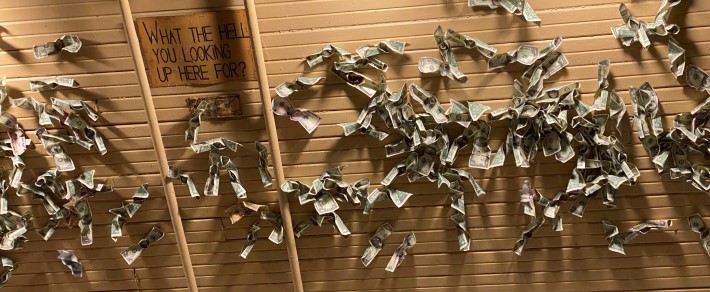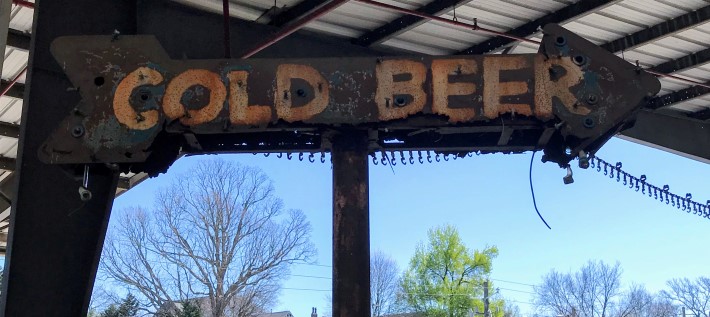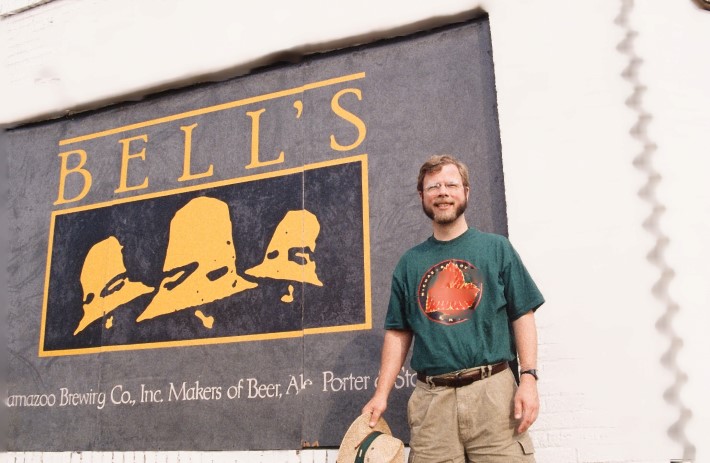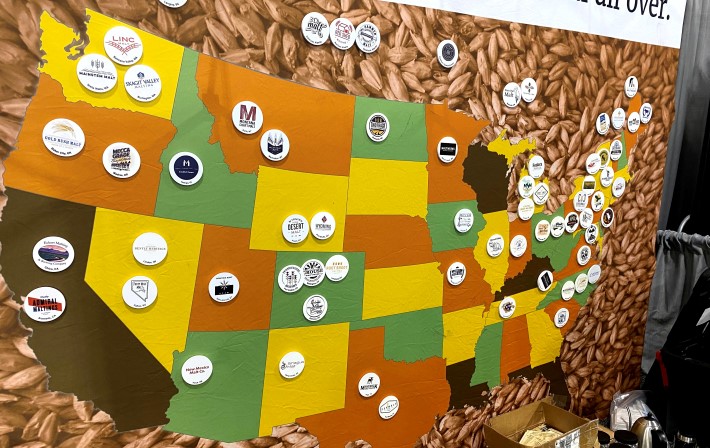The skies seem a little bluer, and the tracks look a little newer
And the water tower has more names
The ruts are a little deeper, the gullies a little steeper
Not that much has changed
Not that much has changed, it’s all just rearranged
Like a picture in your mind of a heart you left behind
Not that much has changed
– Joe Ely, “Not That Much Has Changed”
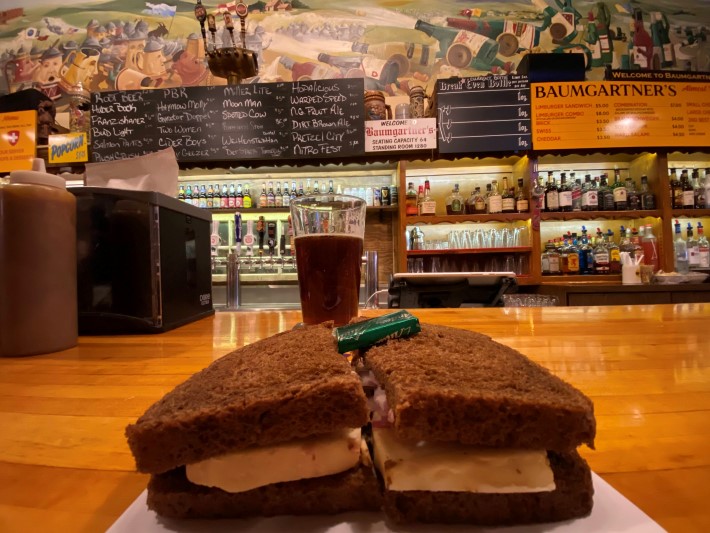
The Limburger cheese sandwich at Baumgartner Cheese Store & Tavern in Monroe, Wisconsin, is still served with a mint. A pint of Huber Bock is still sold at a bargain price.
But, you knew this was coming, a few beery things have changed since we first visited Baumgartner’s in 1995 and last were in Monroe in 2008. This isn’t exactly unusual, even in a rural town of 11,000 residents such as Monroe, the county seat of Green County. Yet it is striking to see an Alaskan Brewing neon in the window of Bartels & Co. Tap on the opposite side of the town square from Baumgartner’s.
Curiously, the second oldest (almost) continually operating brewery in the country, established in 1845, is right around the corner from Baumgartner’s. Curiously, because Minhas Craft Brewery, the 19th largest US craft brewery as defined by the Brewers Association, is not a tourist attraction.
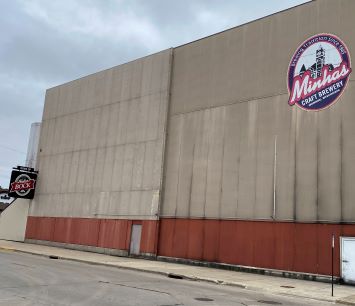 The brewery looks like a building, a large building, built in Eastern Europe not long after the end of World War II. A sign the size of one you’d see hanging in front of a small tavern that reads “Home of Huber Bock” is the only nod to the brewery’s heritage. We did not see any Minhas branded beers on tap in Wisconsin bars or for sale in liquor stores.
The brewery looks like a building, a large building, built in Eastern Europe not long after the end of World War II. A sign the size of one you’d see hanging in front of a small tavern that reads “Home of Huber Bock” is the only nod to the brewery’s heritage. We did not see any Minhas branded beers on tap in Wisconsin bars or for sale in liquor stores.
Tourists come to Green County first for cheese, and second for New Glarus beers, brewed 16 miles up the road. Green County has 400 dairy farms that produce 530 million pounds of milk a year, much of which is turned into cheese at 13 factories in the county. Chalet Cheese Cooperative is the only Limburger producers in the country. A sign at Alp & Dell Cheese store reads, “Here in Green County cheese is life.”
Baumgartner’s has been in business since 1931, selling cheese, beer, sausage, flasks of hard stuff, etc., from a counter in the front of the building and operating the tavern in back. The tall ceiling is covered with dollar bills and the walls include mounted animal heads, breweriana and signs of the area’s Swiss heritage (a Baumgartner played on the 1996 Swiss handball team). There’s a map of Switzerland with information and shields of all the cantons.
The first time we visited there were four beers on tap, all pouring Huber beers (Ravinder and Manjit Minhas bought the brewery in 2006). Today there are 24 beers on tap, including four from New Glarus Brewing.
In 1995, a cheese sandwich cost $2.25 and today it is $5. Huber Bock was $1.45 for 16 ounces, one of the best beer bargains in America at the time. Now a pint of the bock is $4, a bargain price, but not much of a deal because the beer isn’t what it once was. Trust me, that’s not a nostalgia-tinged assessment.
The beer pictured at the top is New Glarus Gyrator Doppel. It cost $5. Accounting for inflation, that would have been $2.75 in 1995. Either way, a high-value bargain.
